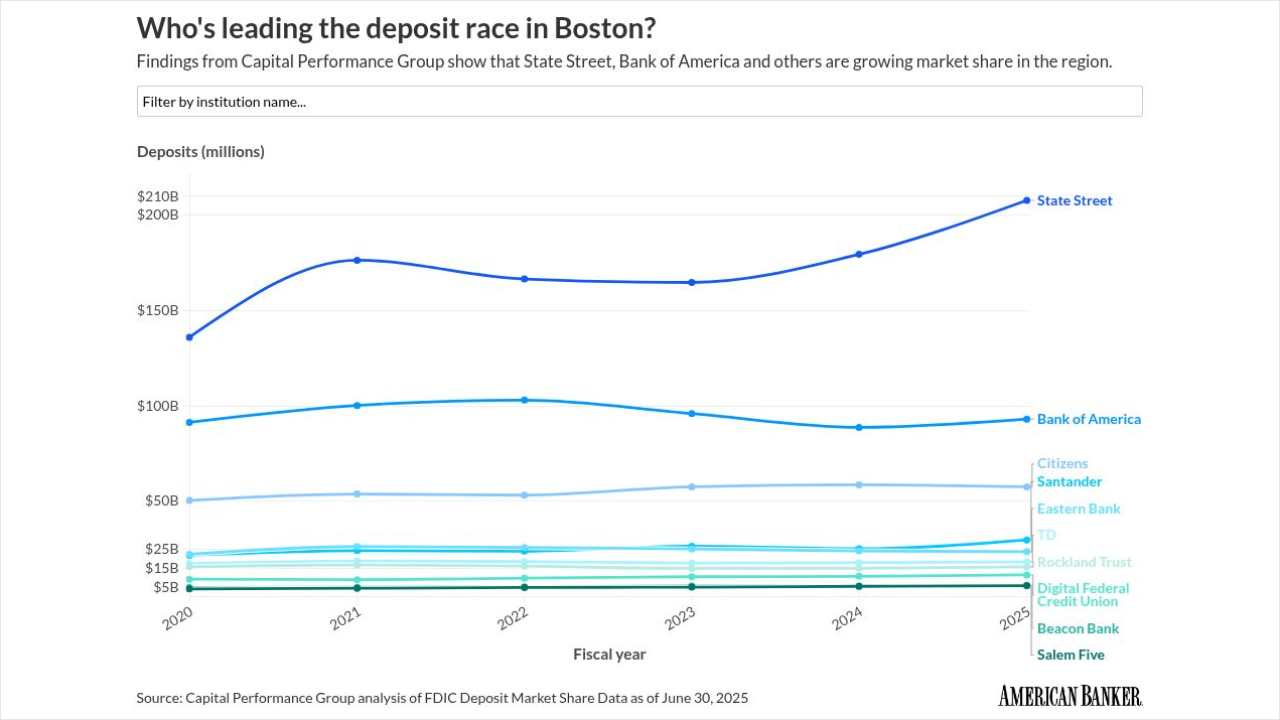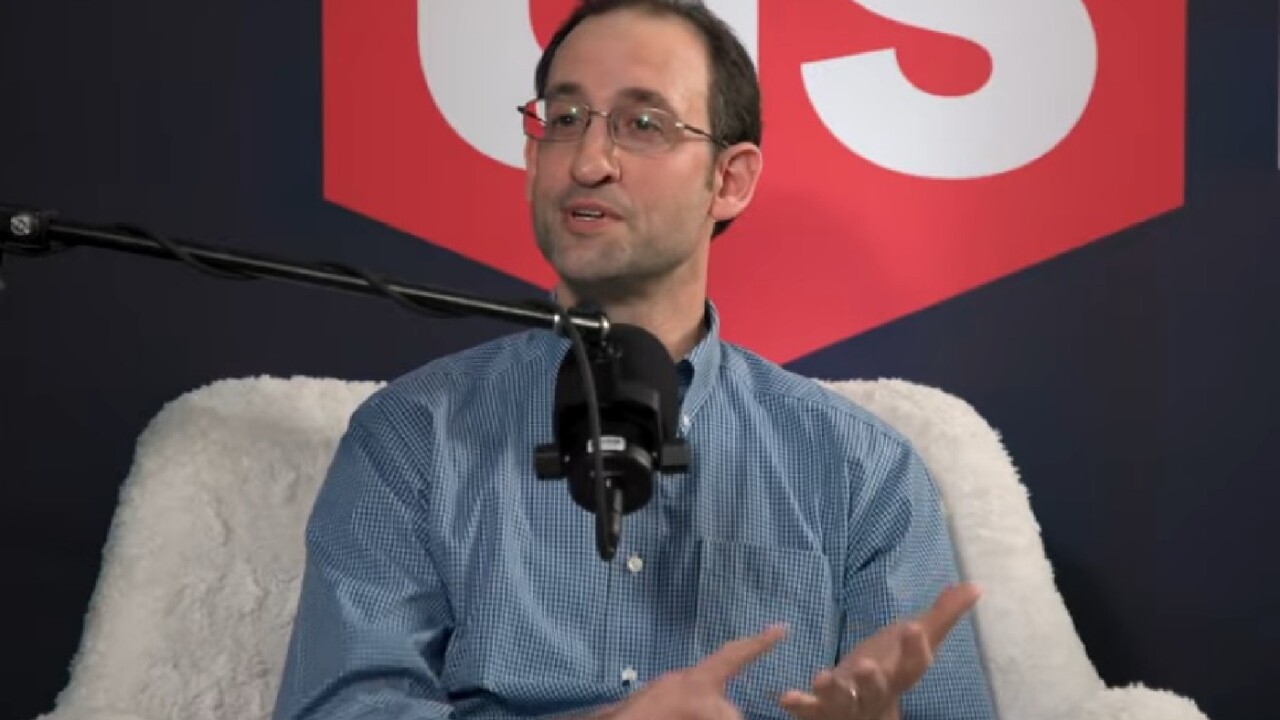Branch automation is a hot investment area these days, and Citizens Financial Group Inc. is taking a novel approach to it: The company is one of a handful that are installing a Web-based architecture instead of a Windows-based client-server one.
The Providence, R.I., subsidiary of Royal Bank of Scotland Group PLC says its approach has several advantages, such as the ability to deliver more services to the branch and to integrate branch services with other channels.
Internet technology "is where the most exciting applications are," said William K. Wray, an executive vice president and the chief information officer at Citizens. "All good things happening in the software development world are going toward Web-based technology."
But most banks appear to be missing out on this momentum, at least when it comes to the branch.
The results of a survey of 10 of the top 25 banks Celent Communications LLC conducted at the end of 2002 and beginning of 2003 were "stunning," said Anjalee C. Davis, an analyst at the Boston technology and research firm. "A number of U.S. banks are still using [mainframe-based] 'green screens' and client-server configurations."
Even banks that are investing in branch automation are sticking with old technology.
Jerry Silva, a senior analyst at TowerGroup, said that his company confirmed this year that half of the top 30 banks were using software from Argo Data Resources Corp., a Dallas company that "has an architecture that hasn't changed in the last 20 years." The software is "more of a traditional client-server offering."
Wachovia Corp. and National City Corp. have announced major investments in branch automation and are installing upgraded systems from Argo, Mr. Silva said.
Unlike the banks pursuing client-server architecture in the branch, the $64 billion-asset Citizens is skipping right over it. Its three-year, $100 million investment announced in April is meant to replace a mainframe-based architecture from the 1980s, Mr. Wray said.
A core piece of that investment is a contract with TouchPoint Solutions, an Atlanta division of Fidelity National Financial Inc. "We were dumb like a fox and sat out the client-server investment" phase, Mr. Wray said. That made moving to the latest technology easier than it would be for banks with client-server systems, he said.
But more importantly, there are the benefits of Web-based architecture. The software does not need to be installed locally, so desktop computers do not need to be as powerful as those used in client-server implementations, Mr. Wray said, and "there's no limit in terms of how far you can take this" in scalability.
Citizens is also looking forward to delivering new services more easily to the branches. It plans to enable branch reps to look up check images and answer customer questions on the spot.
"It's like having cable TV," Mr. Wray said. "I'm essentially putting 300 channels out to the branches. That's what I get with a Web-based environment in the branch."
The bank also says that training employees to use the system will be far easier, a point especially salient in supermarket branches, where the focus is on hiring people with sales - but not necessarily banking - experience.
Opening an account should become as easy as buying something on Amazon.com, Mr. Wray said. "The system can protect you against lots of things that previously had to be done through training and six-inch software manuals."
Citizens will also use the architecture to test new features, such as touch-screen buttons at the teller line, which it will pilot in a few branches. "You can experiment with these things without making big bets," he said. "There's no way you could engineer that to work on the older applications without spending a lot."
Finally, the implementation will give Citizens reusable technology. For example, it will use code built for deposit inquiries at the branch on the Web channel as well. It expects to save millions on a Web application it plans to roll out, because the data and application architecture are already in place in the branch, Mr. Wray said. Later, when it upgrades its call center, it will be able to use 80% to 90% of what it developed in the branch without retesting, he said.
Citizens also is taking an unconventional approach to justifying its investment. Many banks seek increases in cross-sales or in the number of accounts per customer. Mr. Wray called that approach "a very elusive thing" requiring "a huge amount of assumptions."
Here is Citizens' more pedestrian approach: By making the account-opening process faster, it is seeking more sales per customer session. Previously, it took 35 to 40 minutes to sell a package of accounts, and customers had to sign six or seven forms. Now the same transaction can be executed in 10 to 12 minutes, with the customer signing one document.
So far Citizens has installed the new system at the sales stations of more than 100 of its 850 branches, and sales per session at those branches has increased "on the order of 10% to 15% or so," Mr. Wray said. "We're getting what we expected."
With analysts identifying only one other bank - Canadian Imperial Bank of Commerce - that has installed Web-based architecture in its branches, Citizens appears to be on the leading edge of the technology.
Kevin Lash, TouchPoint's vice president of marketing, said that many of its 37 customers use Web-based architecture in their call centers and online channels but have moved more slowly to implement it in branches, particularly in the teller line. "The wave is toward" Web-based architecture. "Citizens is at the front end of that wave."
But Mr. Wray says he does not see himself as out on a limb. "The entire world is moving to Web-based applications. I don't have to sit here and bite my nails."
Ten years ago there were bigger questions, he said, such as whether to install Microsoft Windows or IBM's OS/2.
A few years ago, Mr. Wray said, he may have considered it risky to employ Web-based branch architecture. Now he says it is very safe. "All the major vendors have moved or are moving to this environment. We're clearly not an early technology adopter here."





